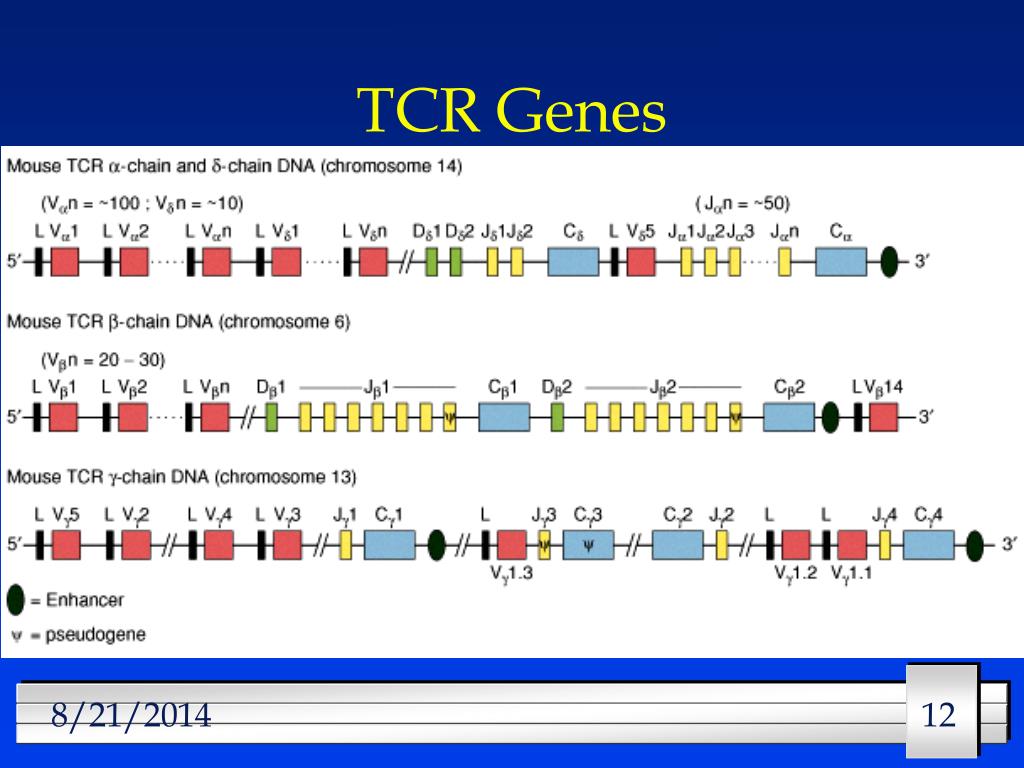


A chromosome molecule is a single, long DNA molecule which is about several centimetres long. Length DNA molecules have polymers that are comparatively longer than RNA polymers. It later moves to ribosomal protein manufacturing units. The primary function of RNA is to convert the genetic information stored in DNA to build proteins. Function The primary function of DNA is to replicate and store genetic information. In fact, there are times with the RNA strand also forms the secondary double helix structure. The strands of RNA are shorter than that of DNA but are also made up of nucleotides. Using an in silico meta-repertoire generated from 108 replicates, we found that one genomic DNA-based method and two non-unique molecular identifier (UMI) RNA-based methods were more sensitive than UMI methods in detecting rare clonotypes, despite the better clonotype quantification accuracy of the latter.Comparison Table Parameter of Comparison DNA RNA Full-Form Deoxyribonucleic Acid Ribonucleic Acid Structure DNA is made up of two strands that are arranged in a double helix. Results from the 5' RACE-PCR methods were consistent among themselves but differed from the RNA-based multiplex-PCR results. Low RNA input generated non-representative repertoires. Most methods showed a lower ability to capture TRA than TRB diversity. We found marked differences in accuracy and intra- and inter-method reproducibility for T cell receptor α (TRA) and T cell receptor β (TRB) TCR chains. In this study, we systematically compared the results of nine commercial and academic TCRseq methods, including six rapid amplification of complementary DNA ends (RACE)-polymerase chain reaction (PCR) and three multiplex-PCR approaches, when applied to the same T cell sample. the T cell receptor (TCR) repertoire in health and disease can provide key insights into adaptive immune responses, but the accuracy of current TCR sequencing (TCRseq) methods is unclear. 14 AP-HP, Hôpital Pitié-Salpêtrière, Biotherapy (CIC-BTi) and Inflammation-Immunopathology-Biotherapy Department (i2B), Paris, France. 13 Sorbonne Université, INSERM, Immunology-Immunopathology-Immunotherapy (i3), Paris, France.12 Vaccine Research Center, National Institute of Allergy and Infectious Diseases, National Institutes of Health, Bethesda, MD, USA.

10 Division of Cardiology, Medical University of Graz, Graz, Austria.9 Diagnostic and Research Institute of Pathology, Medical University of Graz, Graz, Austria.8 DFG-Centre for Regenerative Therapies Dresden, Faculty of Medicine Carl Gustav Carus, Technische Universität Dresden, Dresden, Germany.7 Division of Infection and Immunity, University College London, London, UK.6 Adaptive Immunity Group, Central European Institute of Technology, Brno, Czechia.5 Center for Precision Genome Editing and Genetic Technologies for Biomedicine, Pirogov Russian National Research Medical University, Moscow, Russia.4 Genomics of Adaptive Immunity Department, Shemyakin and Ovchinnikov Institute of Bioorganic Chemistry, Moscow, Russia.3 Center of Life Sciences, Skoltech, Moscow, Russia.2 AP-HP, Hôpital Pitié-Salpêtrière, Biotherapy (CIC-BTi) and Inflammation-Immunopathology-Biotherapy Department (i2B), Paris, France.1 Sorbonne Université, INSERM, Immunology-Immunopathology-Immunotherapy (i3), Paris, France.


 0 kommentar(er)
0 kommentar(er)
